
Biathlon stress test in Oberhof
Panorama
First there's not enough, then there's too much: the snow was just not cooperating at the IBU Biathlon World Cup in Oberhof. A non-stop operation with the Arocs and other trucks helped keep things going.
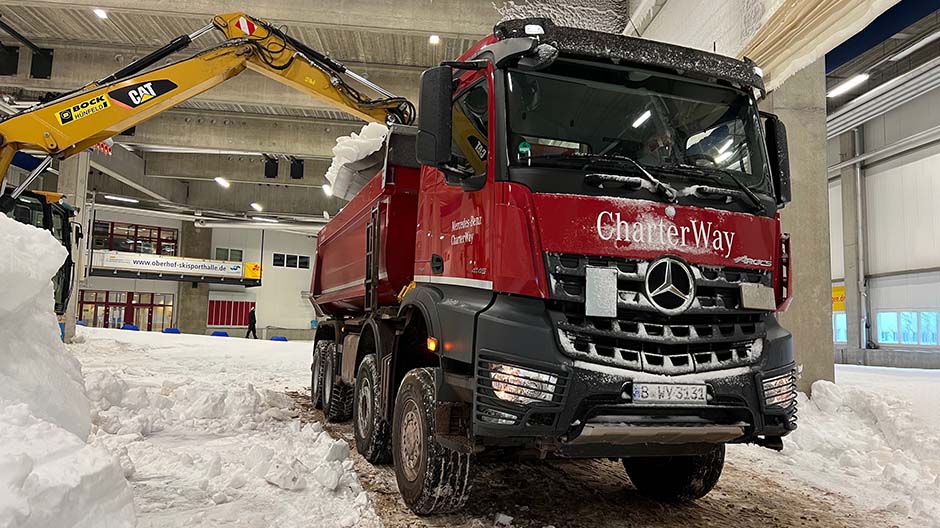
Early January, the Thuringian Forest – winter sports fans need hear nothing more to know what we're talking about: the IBU Biathlon World Cup in Oberhof. Every year, sportsmen and women come together here to take part in elite-level rifle shooting and cross country skiing. Oberhof is one of the three legendary competition venues for the Biathlon World Cup, along with Ruhpolding and Antholz.
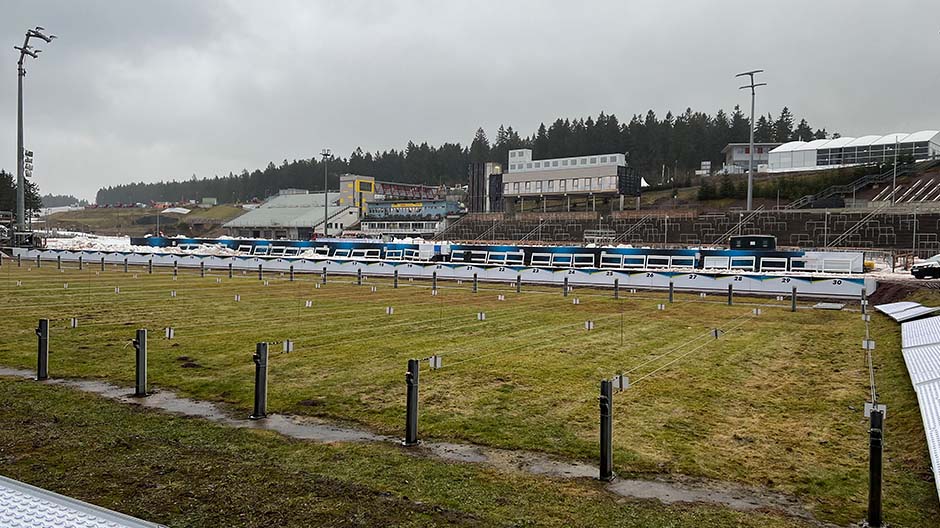
From December, preparations were in full swing and everything was looking good. The slopes were prepared; the competition was ready to begin! But then came a shock: “For a whole week, it was almost like spring!” says Christian Schleicher from Daimler Truck AG, who has been working as a volunteer for the World Cup for years. “We had a lot of rain and temperatures were often in the double digits, and the wind was blasting away the snow like a giant hair dryer hovering over the pistes! All the pistes which had been so lovingly prepared had thawed.”
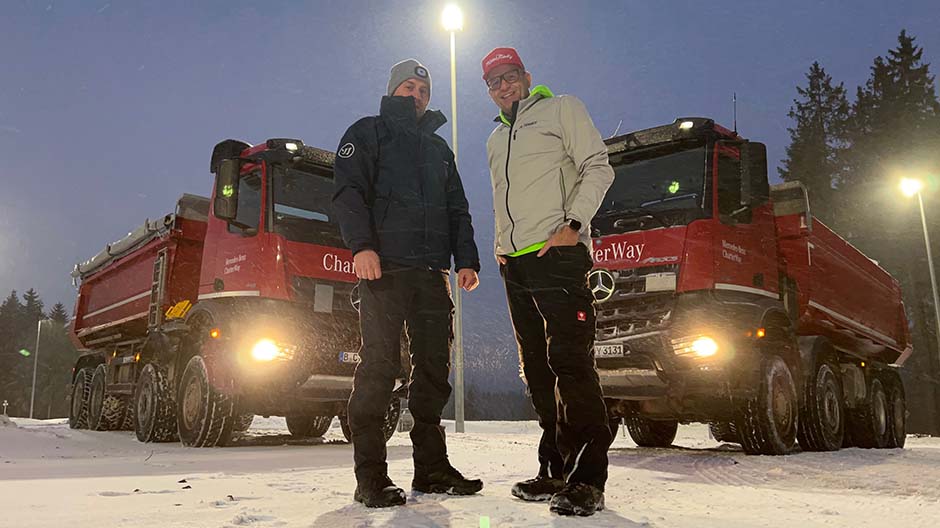
Moving snow from A to B: Mario Gottwald and Christian Schleicher worked non-stop as drivers.
A 48-hour non-stop operation.
The result: the competition had to be postponed by one day – and some hard graft was in order! The Biathlon organisers had to find their own snow. Christian Schleicher makes an impromptu phone call to CharterWay Nuremberg. On the end of the phone is Mario Gottwald who, on the spur of the moment, arranges for a second Arocs. But the question was: who was going to drive it? Mario Gottwald's solution was simple: “I’ll drive, I’ll come along right away!”
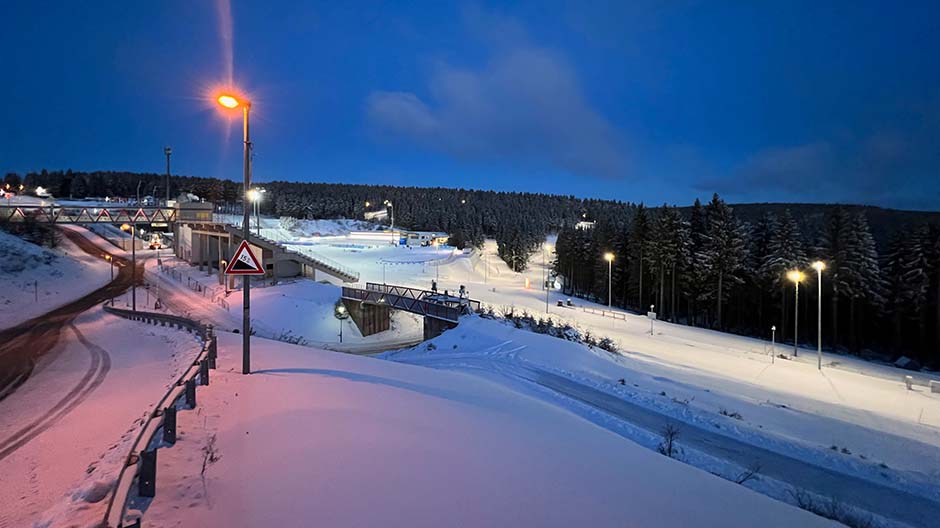
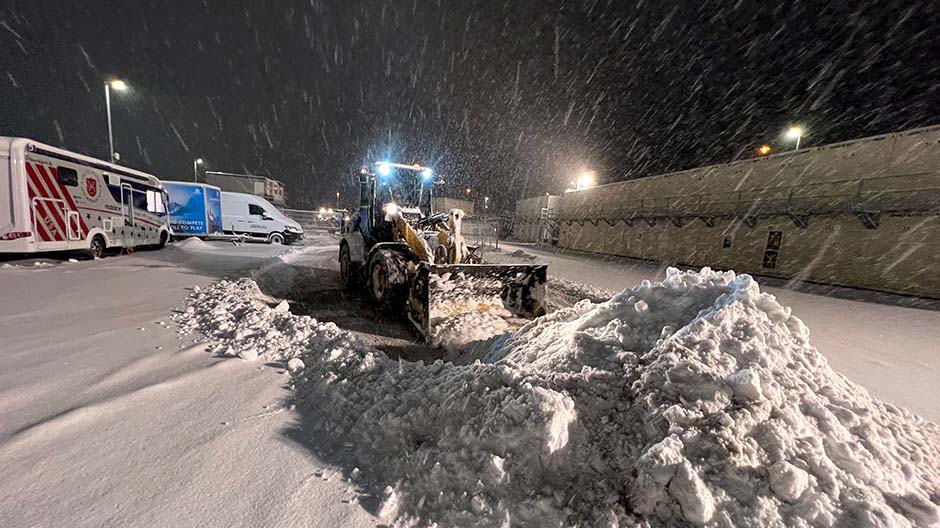
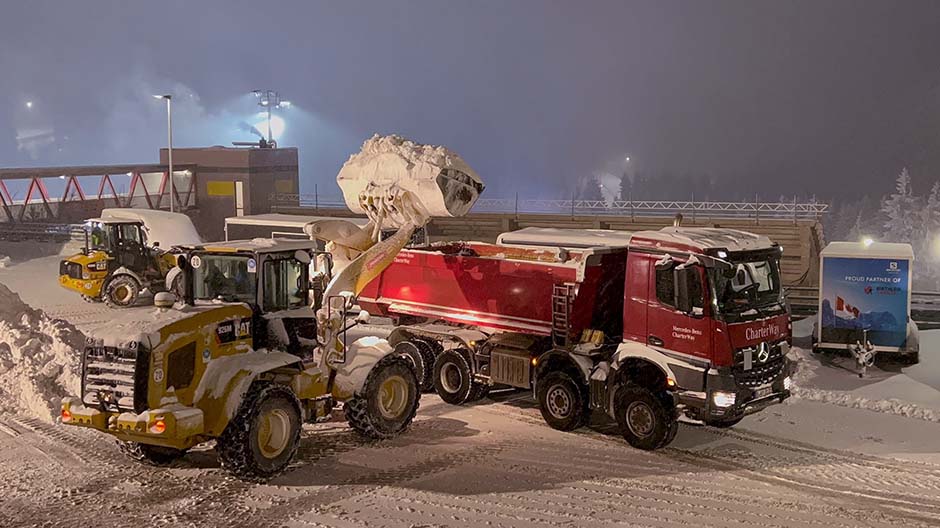
Together with the other helpers and trucks, a true marathon task begins. In pursuit of emergency snow, the helpers start to plunder the ski hall and the depots, carefully preserved under tarpaulins for occasions just like these. After working non-stop for 48 hours, the pistes were ready for action again, covered in around 20.000 cubic metres of snow. “We started on Tuesday evening and by Wednesday afternoon, the athletes were able to use at least one training piste. By Thursday evening, it was clear: we'd done it, the World Cup would be able to take place,” says Christian Schleicher.
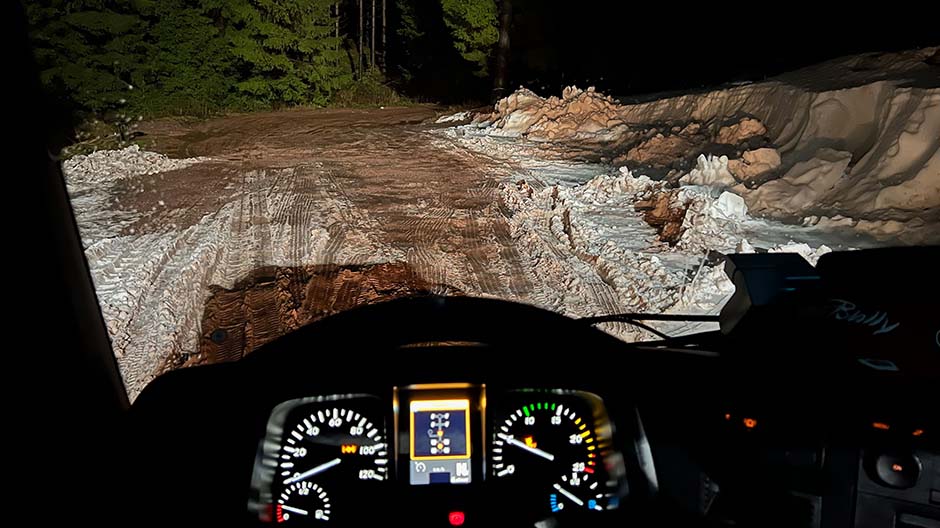
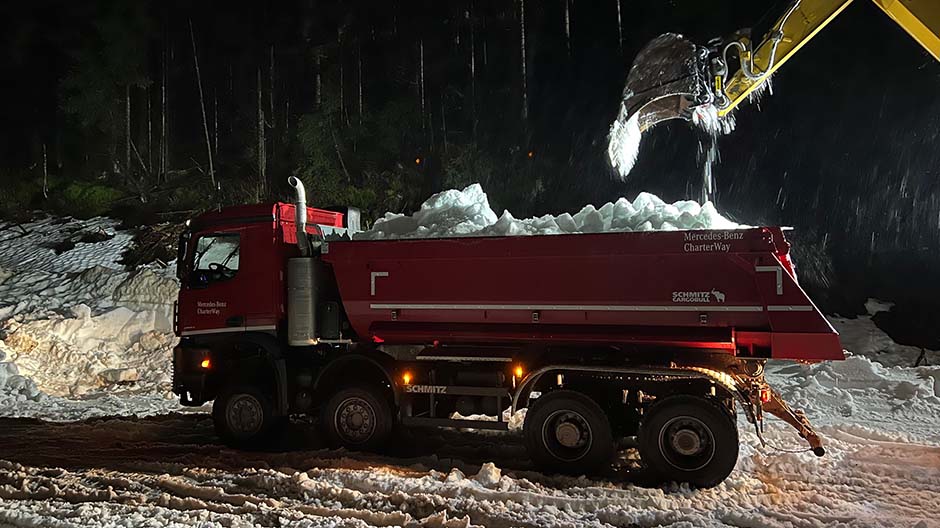
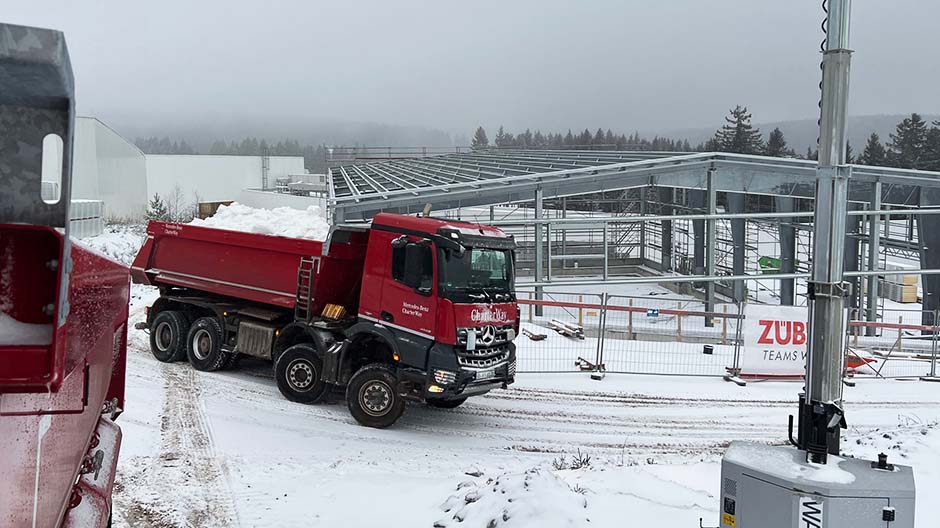
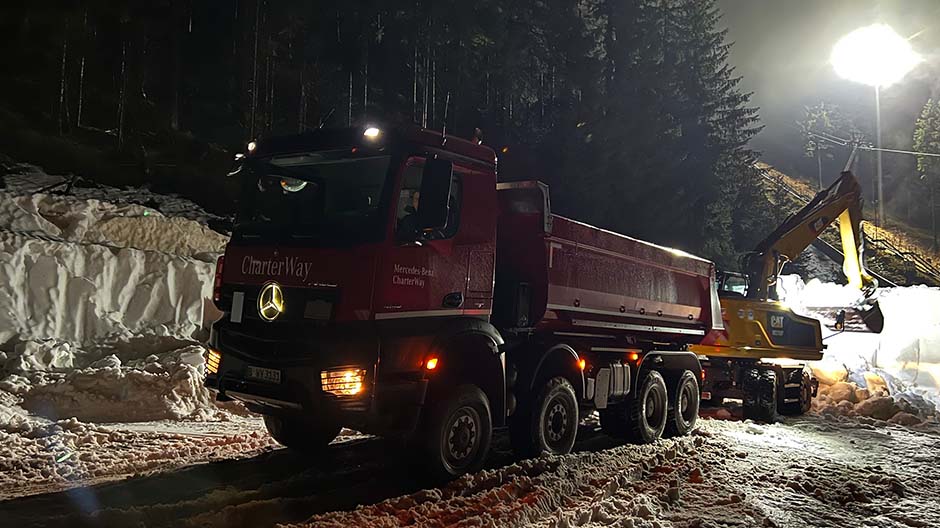
But ironically: “As the event got underway, winter returned! Then we had the complete opposite problem and we had to bring back the army of tipper trucks to remove excess snow!”
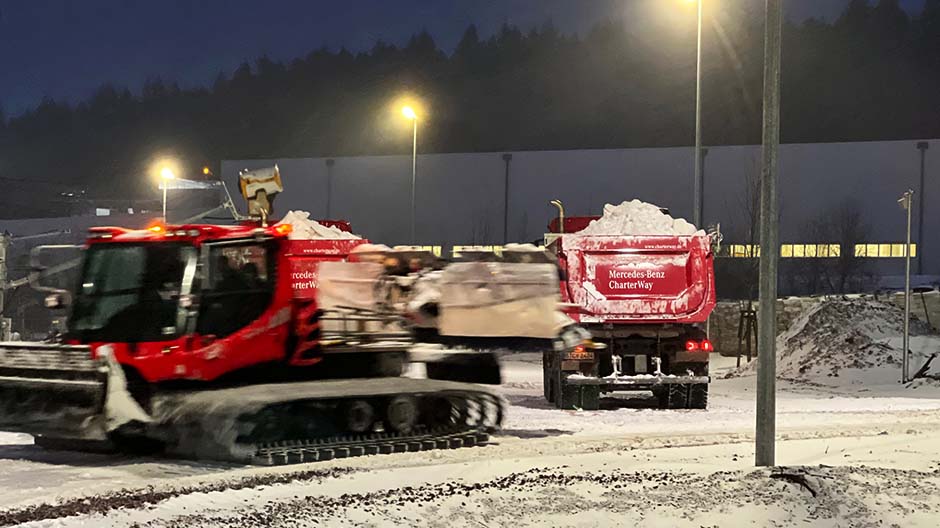
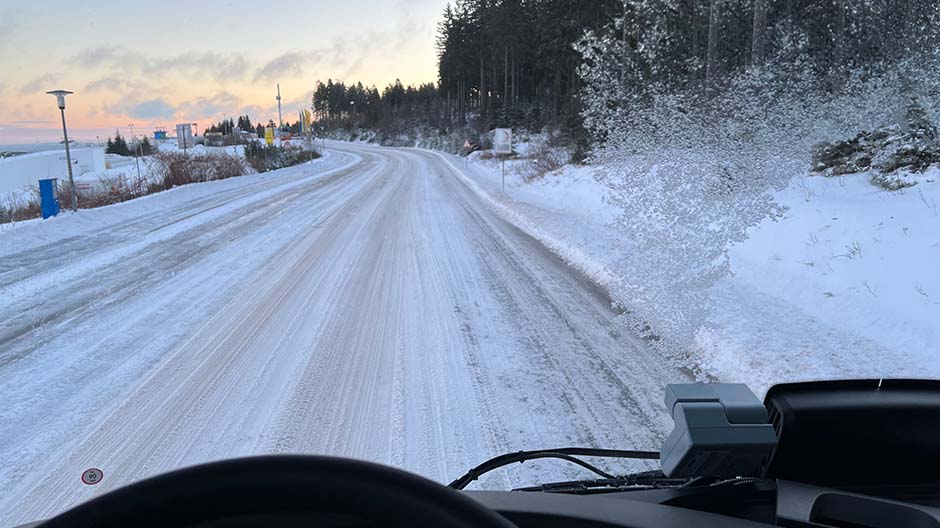
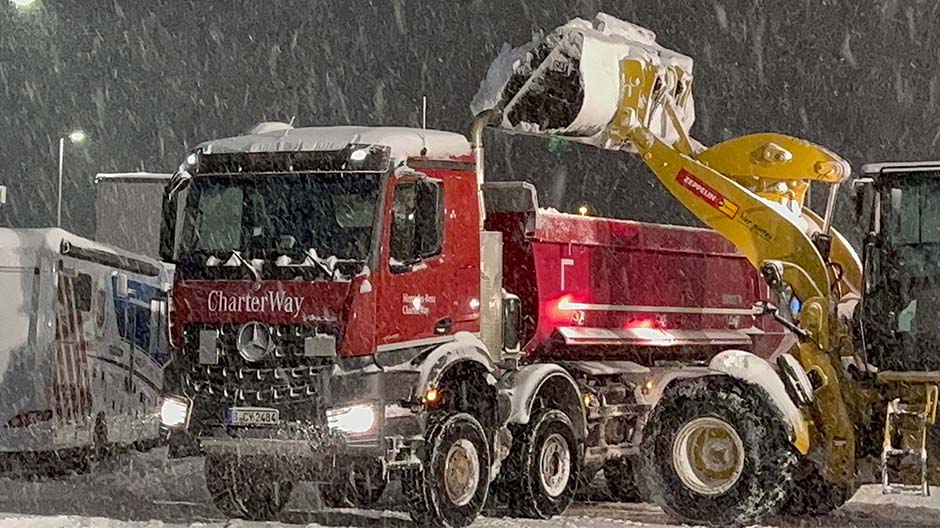
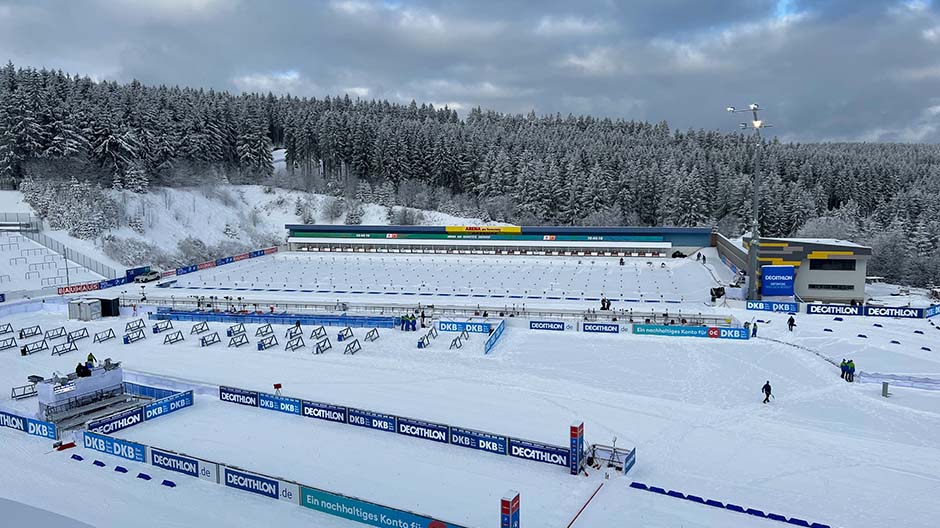
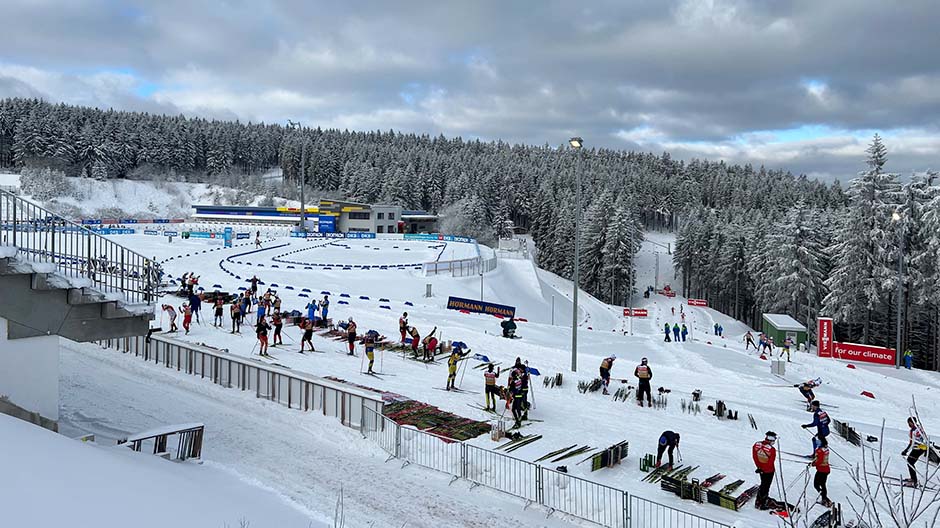
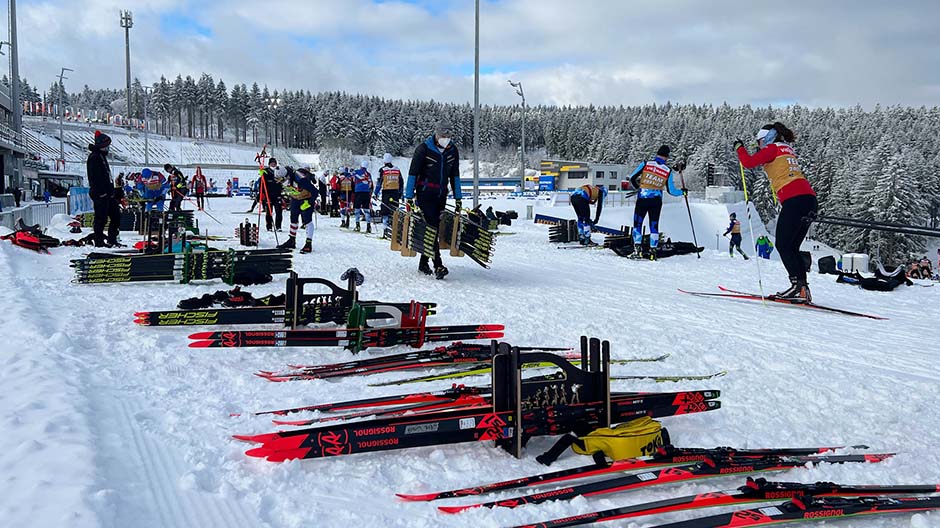
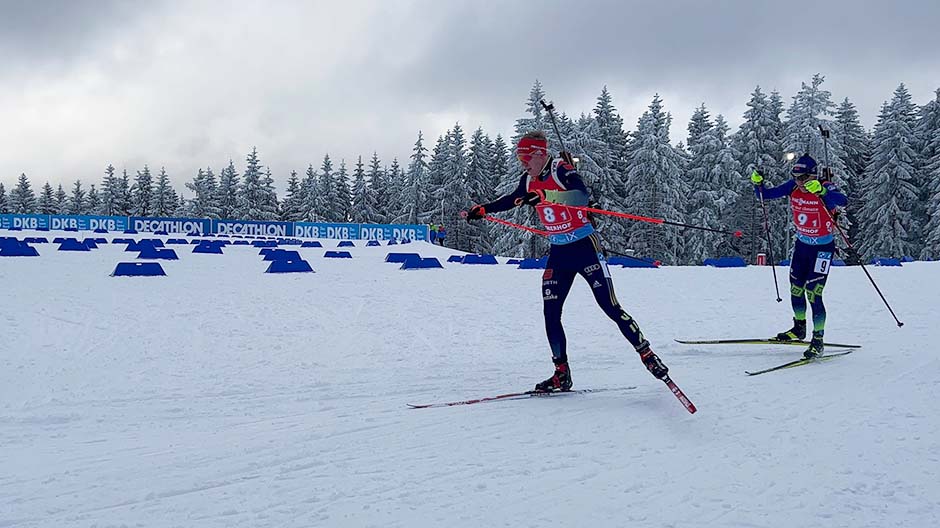
Photos: Daimler Truck AG




Comment
Please log in to post a comment.
13 comments
wir arbeiten momentan mit Hochdruck daran, das zu beheben. Die Funktion wird euch in Kürze wieder zur Verfügung stehen.
wir arbeiten momentan mit Hochdruck daran, das zu beheben. Die Funktion wird euch in Kürze wieder zur Verfügung stehen.
Mal eine etwas andere Fracht.
👍👍👍👍👍👍⛄❄⛟😎
Mal eine etwas andere Fracht.
👍👍👍👍👍👍⛄❄⛟😎